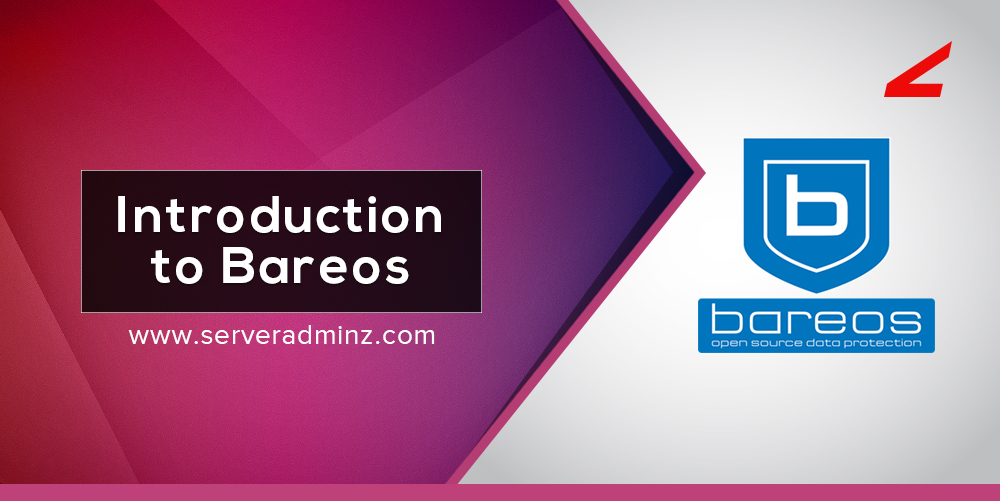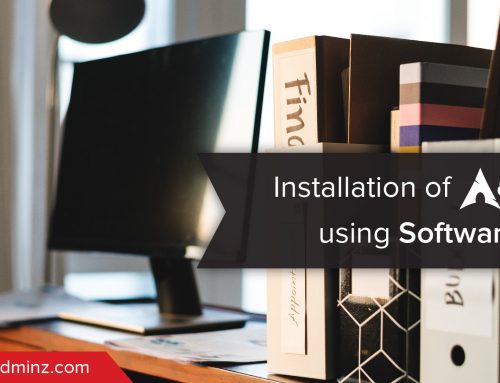Bareos (Backup Archiving Recovery Open Sourced)
Bareos is open source software for backup, archiving and recovery of data for all operating systems. This backup program is developed by bacula.org and the source code always freely available on GitHub.
Github url : https://github.com/bareos/
Reasons for Choosing Bareos Backup Solution
- Reliable backup and quick restore in case of data loss.
- Support of all common operating systems.
- Open Source.
- Independence from providers through open source code and developer community.
- High degree of automation, possible integration into heterogeneous environments.
- Disaster recovery possible even without the use of a backup server.
Bareos Architecture
Installing Bareos
- Select Bareos release
- Install Bareos software packages
- Create Bareos Database
- Start Daemons
Select Bareos release
http://download.bareos.org/bareos/release/latest/
Add the Bareos repository
URL=http://download.bareos.org/bareos/$RELEASE/$DIST
wget -O /etc/yum.repos.d/bareos.repo $URL/bareos.repo
Install Bareos packages
yum install bareos bareos-database-postgresql bareos-webui
Select Database backend
PostgreSQL is the default backend. MariaDB/MySQL can also use for bareos.
PostgreSQL
If you are using PostgreSQL and your PostgreSQL administration user is Postgres (default), use following commands.
su postgres -c /usr/lib/bareos/scripts/create_bareos_database
su postgres -c /usr/lib/bareos/scripts/make_bareos_table
su postgres -c /usr/lib/bareos/scripts/grant_bareos_privileges
MySQL/MariaDB
Make sure, that root has direct access to the local MySQL server. If your root user is secured with the password add it on my.cnf file like below and it will connect database without defining the password.
[client]
host=localhost
user=root
password=YourPasswordForAccessingMysqlAsRoot
Creating database and assign provileges
/usr/lib/bareos/scripts/create_bareos_database
/usr/lib/bareos/scripts/make_bareos_tables
/usr/lib/bareos/scripts/grant_bareos_privileges
Start the daemons
service bareos-dir start
service bareos-sd start
service bareos-fd start
Bareos Web Interface
You can access bareos web interface by http://<ip-address>/bareos-webui/
Make sure your firewalls accepts HTTP connections.
Creating bareos user using bconsole
$bconsole
add user
configure add console name=admin password=your_password profile=webui-admin
” margin_top=”50px” margin_bottom=”” animation_type=”slide” animation_direction=”left” animation_speed=”0.3″ class=”” id=””]









Leave A Comment
You must be logged in to post a comment.